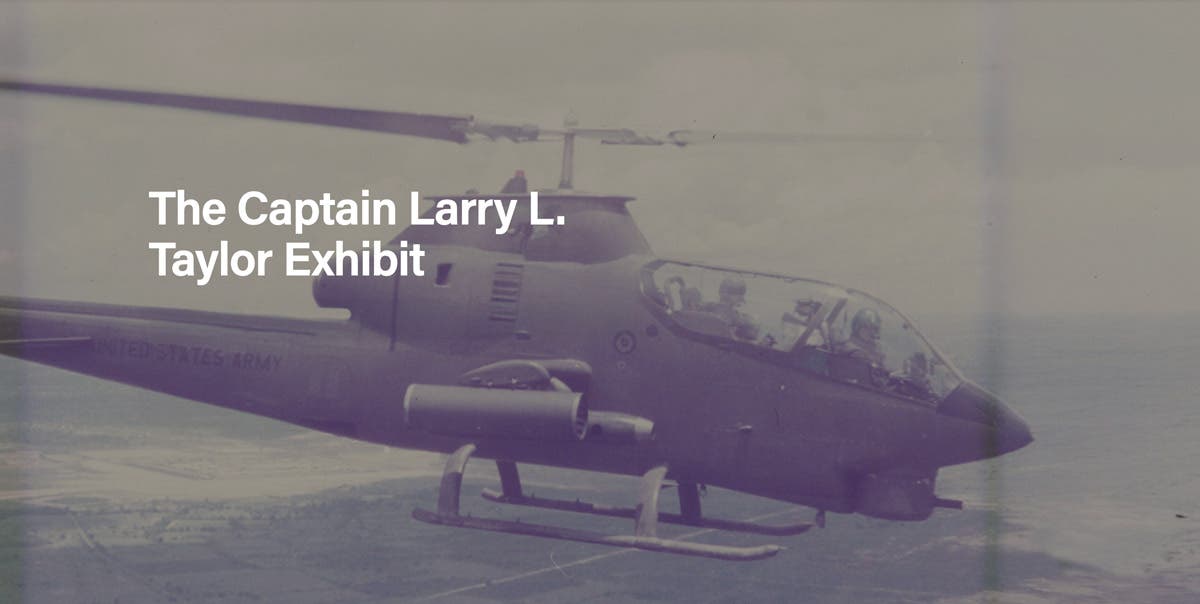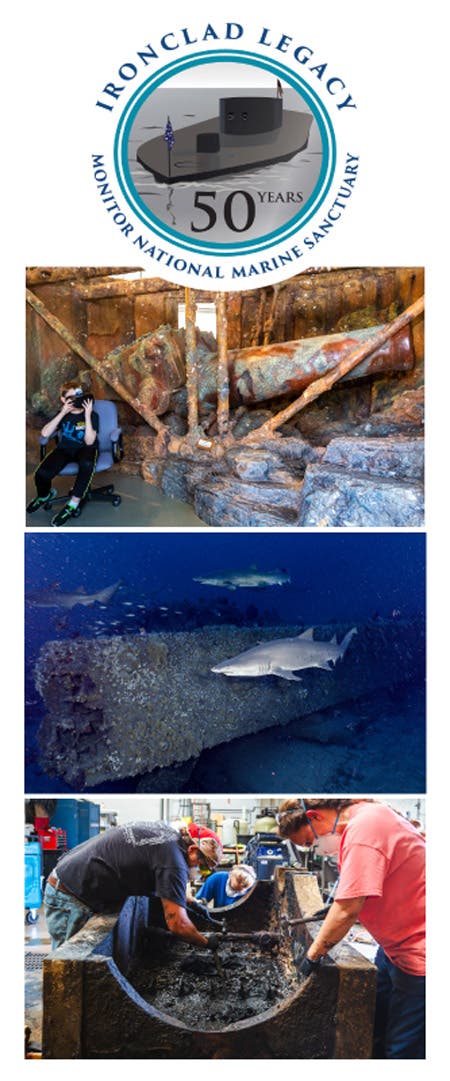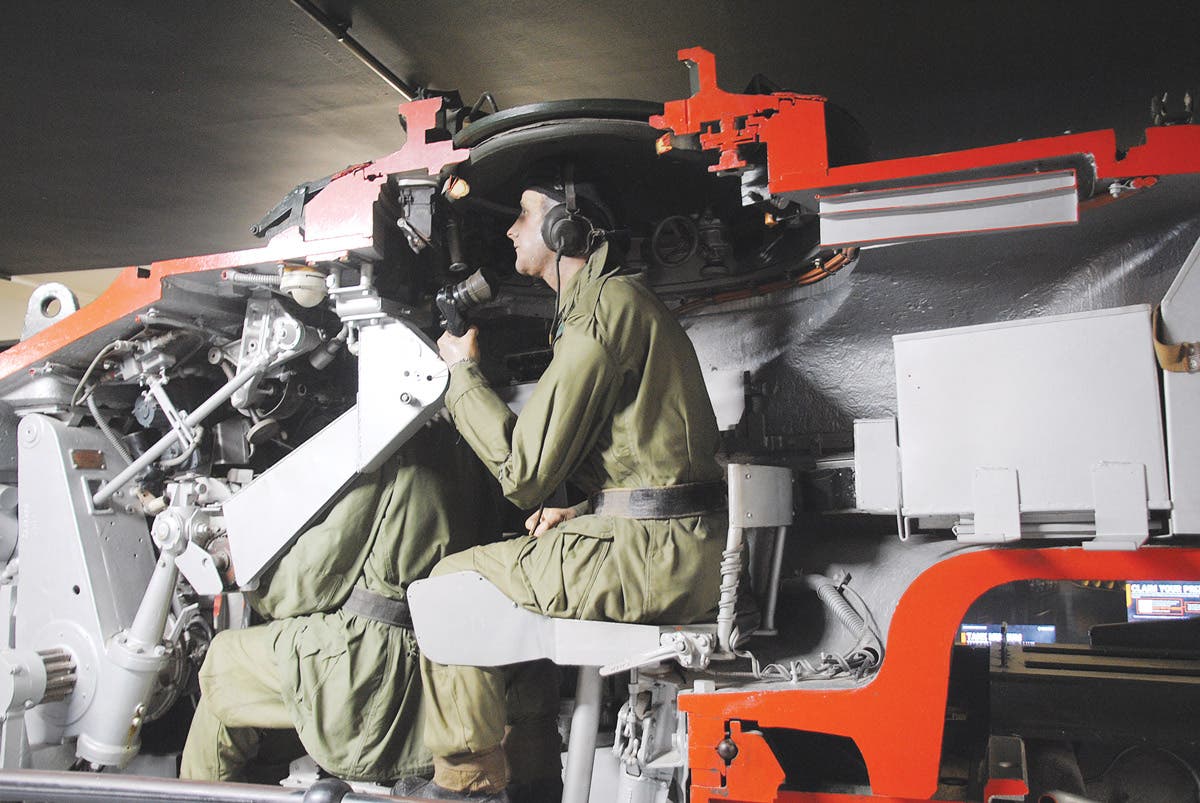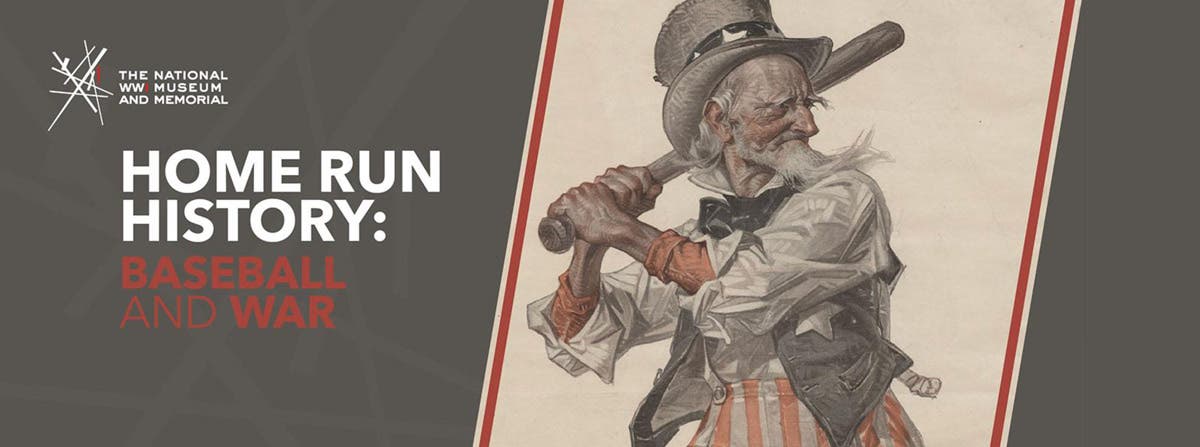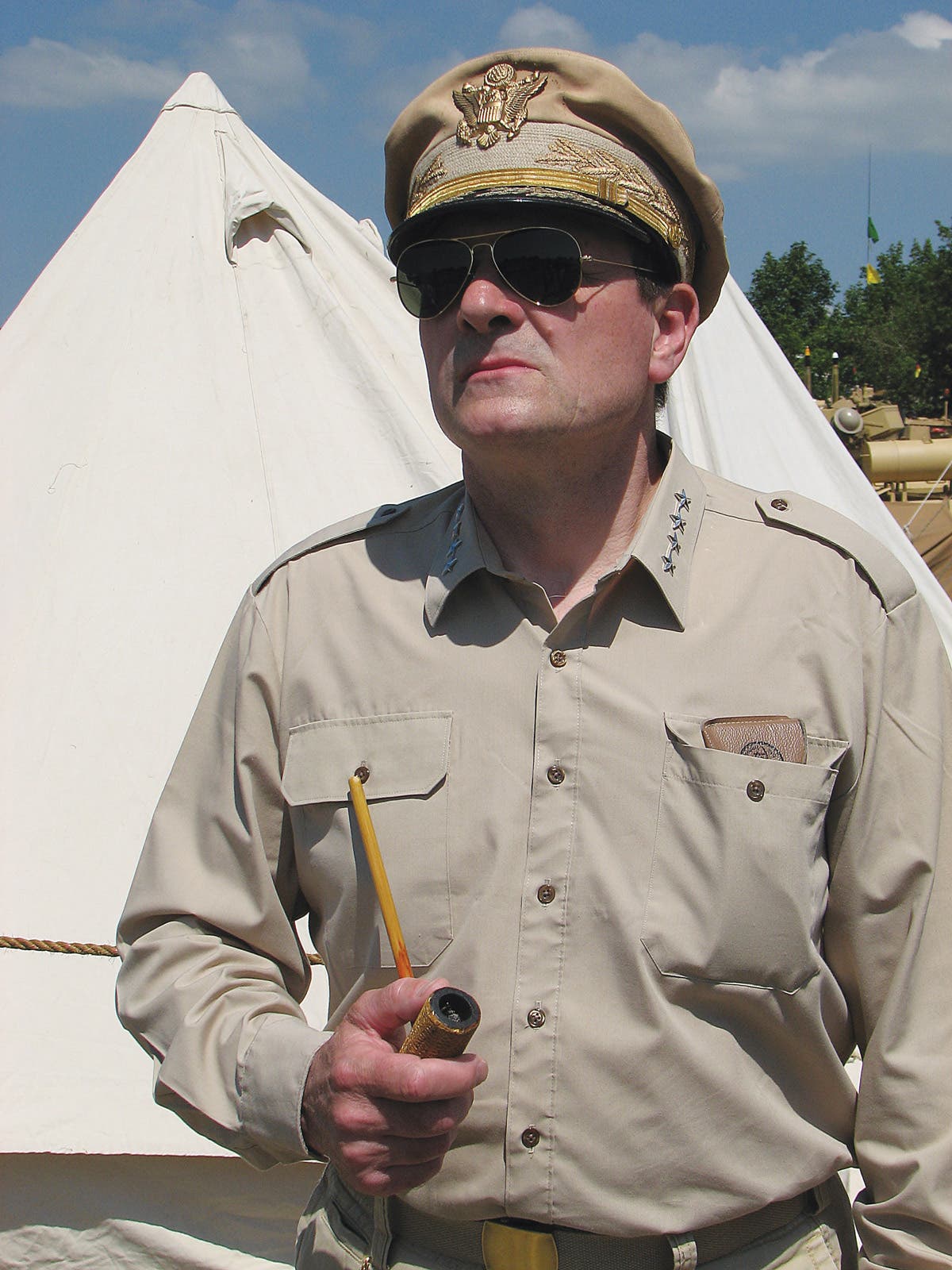World War II Reenacting in Texas
by Brent Brown Under a warm open sky, Allied troops appear on an unnamed field “somewhere in France.” They work quickly to secure a perimeter. As mess crews go to…
by Brent Brown
Under a warm open sky, Allied troops appear on an unnamed field “somewhere in France.” They work quickly to secure a perimeter. As mess crews go to work preparing food, other soldiers set up tents. The soldiers’ moral is high as they relax and enjoy a hopefully quiet evening. Soon reinforcements arrive, including some French partisans. It is an eclectic strange group—privates mingle with officers in a spirit of informality and kinship. They all share food, drink, and stories. Thus begins another World War II reenactment in Texas.
Most Texas reenactments are overnight events in which both Allied and Axis camps are established. Tents are filled with a large assortment of items including weapons, personal gear, cots, footlockers, reading and gambling material, and the ever present pin up girl. Vehicles carry assortment of tools, packs, ammo, and the reliable .30- and .50-caliber machine guns.
Participants strive to be as historically accurate as possible. Equipment and vehicles are used to promote a realistic setting. Communication gear, desks, stacks of ammo crates, mine detectors, and first aid supplies add to the scene. Most items are original WWII issue, manned by infantry and airborne units, and secured by patrolling MP’s. Soldiers from the U.S., England and the Commonwealth, France, and Russia are often represented.
Safety is a top priority whenever a well-planned battle is held—both before and during the event. Troops go to their assigned positions and move only when ordered. Weapons are checked for safe functioning and all rounds are verified as blanks. Vehicles are slowly maneuvered and closely watched. Paramedics mingle with spectators, and volunteers stand by if needed.
Museum of the American GI, College Station, TX
In March each year, tanks, half-tracks, and jeeps crowd a dusty road that leads across a Bailey bridge to the battle held at the Museum of the American GI in College Station, Texas. The troops are supported by a large Allied encampment that covers the dusty field next to the Museum. Axis forces claim the area across the road. Half-tracks and other support vehicles are hidden under trees through out the camp. Reenactors mingle with each other and often display items rarely seen. This event gives participants and visitors the chance to enjoy the Museum’s displays and search for treasures in the vendor’s market. The Museum also hosts an annual school day during which local school students receive up close presentations on many aspects of U.S. military history. Presentations are given both by collectors and reenactors and are well received.
Living History Weekend, March 24-25, 2018. For more info: 19124 Hwy 6, College Station, TX 77845; 979-446-6888; www.americangimuseum.org
D-Day Celebration, Hearne, Texas
Airborne troops jumping from a C-47 airplane was a highlight of the D-Day celebration held in June 2016, at the POW Camp at Hearne, Texas. The annual open house included Allied and Axis static displays. Small arms demonstrations, vehicles, and period costumes added flavor to this complex dedicated to preserving the history of the camp that was home for many Germans who served in Africa, including Field Marshall Rommel’s band.
For more info: Camp Hearne Historic Site, 12424 Camp Hearne Rd., Hearne, TX 77859; 989.314.7012; www.camphearne.com
WWII Weekend & Reenactment Waxahachie, Texas
A popular reenactment occurs annually in Waxahachie, Texas. The historic town square is blocked off and military vehicles occupy the old streets. Uniforms and period costumes can be seen on the sidewalks and at the “Black Market.”MP’s patrol the area while The Red Cross offers coffee and donuts. The vintage train station becomes a target for German forces who face small arms and machine gun fire from determined Allied Forces. The GI’s hold their position then advance. The area is filled with dust and smoke as men and machines advance and retreat. On clear days, Allied aircraft fly over the battle.
For more info: Waxahachie Veterans Weekend, 101 W Main St., Waxahachie, TX 75165; www. waxahachieveteransweekend.webs.com
Texas Camaraderie
Our group is a U.S. signal corps unit patterned after one that participated in Operation Dragoon, the landing in Southern France. Many visitors are surprised by what they see at our display. Most know about telegraphs and radios, but many are not familiar with the roll signal flags, lamps, and pigeons played during the war. Children enjoy cranking a generator used to power radios, talking on a field phone, listening to a field phonograph, and working an air raid siren. Our clerk proudly displays a photo of family members with the inscription ”this is why I am fighting” while he explains what a manual typewriter is.
Responses from those who attend a reenactment are varied. Many are surprised at the level of technology and medical knowledge of the era, others comment that they have gained new knowledge and appreciation for those who fought both at home and overseas. If you ask a participant why he is there the responses include honoring those who fought in World WarII, educating visitors about the war, and promoting a museum.
Once the smoke and dust of the days activities have settled, an air of informality takes over both camps. Participants pack up and prepare to leave the well policed area, looking forward to the next World War II reenactment in Texas.



